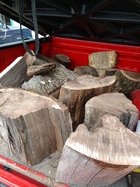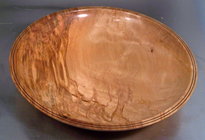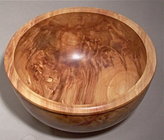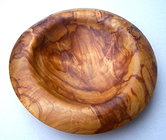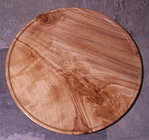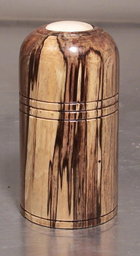In my neighborhood there are two large side by side birch trees that died last winter. Two foot plus at the base, which is large for around here. If I were to obtain some pieces of these trees what would I encounter? Would they be semi-green, would they finish drying evenly, would they have internal cracks etc?
Before I find out the hard way, what has been other‘s experience in this situation?
Before I find out the hard way, what has been other‘s experience in this situation?

